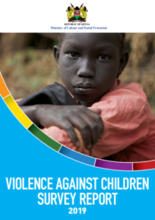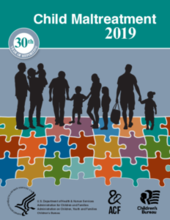Displaying 351 - 360 of 1070
This systematic literature review examines how the construct of cumulative harm is understood and operationalized within current Australian child protection legislation, policy, and practice and situates this within an international context.
The Families First Programme, an adaptation of the Positive Discipline in Everyday Parenting Programme to the West Java context, is a parenting support programme anchored on children’s rights that gives parents guidance on child development, parenting and positive discipline practices. This trial will evaluate the effectiveness of the Families First Programme compared with a waitlist control group.
This article provides a review of indicators of child well-being in the six Gulf countries (Bahrain, Kuwait, Oman, Qatar, Saudi Arabia, and the United Arab Emirates), focusing on well-being in six domains: physical health, behavioral adjustment, psychological well-being, social relationships, safety, and cognitive well-being. The article highlights children's participation in decisions affecting their lives, relationships with parents and caregivers, and protection from abuse and neglect, among other indicators.
In this paper, the authors advance a framework for examining the nature and consequences of neglect, which they posit can be represented as variations along a continuum from severe psychosocial neglect to environmental enrichment.
The primary aim of a recent qualitative study was to optimise grandparent-grandchild connectedness after child safety concerns.
Guided by social-ecological theory, this study explores responses to violence against children with disabilities, including preventative measures and treatment of victims in the West African countries of Guinea, Niger, Sierra Leone, and Togo.
The present investigation leveraged unstructured, case narrative fields in child welfare records to enhance knowledge about Child Protective Services (CPS) involvement among children born to mothers in care.
This study examined the impact of the model of professional childcare in a three-year project involving fifty-three children and young people and their carers in local-authority children’s homes on two UK areas (Northern and Southern England).
This report presents findings from the Kenya 2019 Violence Against Children Survey (VACS).
The U.S. National Child Abuse and Neglect Data System (NCANDS) is a federally sponsored effort that collects and analyzes annual data on child abuse and neglect. The data that are collected are submitted voluntarily by the 50 states, the District of Columbia, and the Commonwealth of Puerto Rico and published in an annual report. This document provides a summary of key information from the 2019 report.


